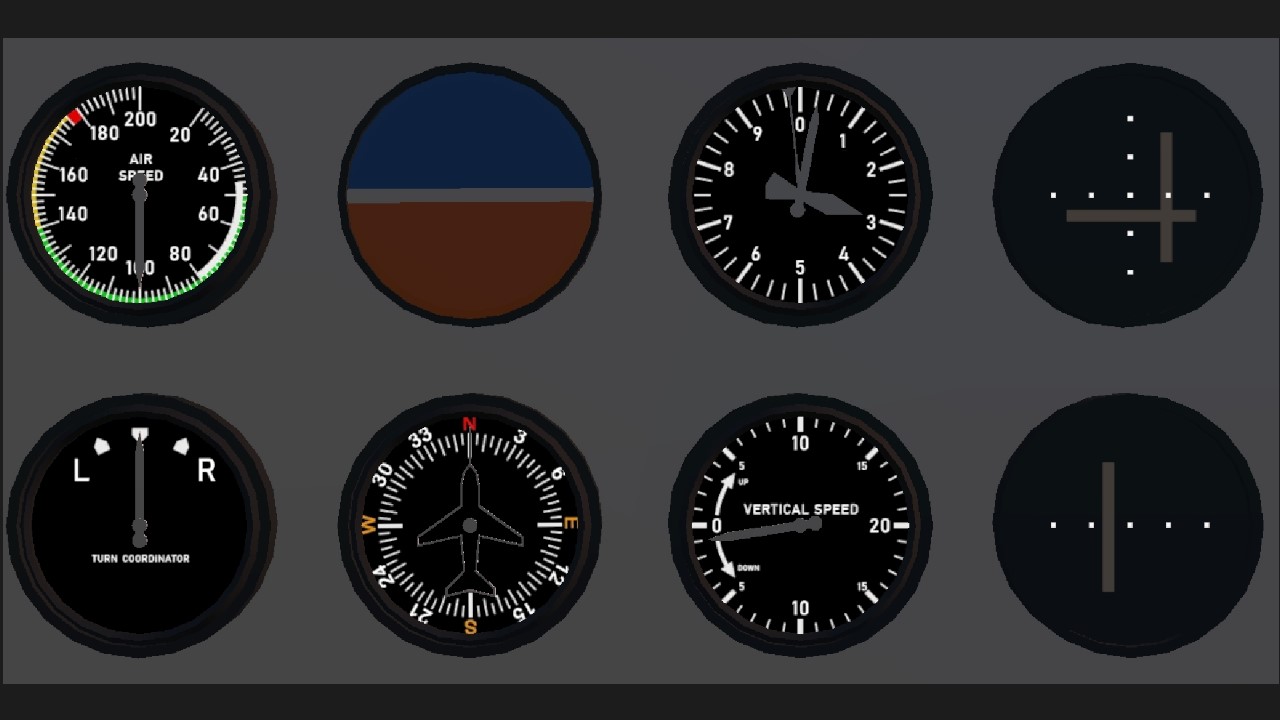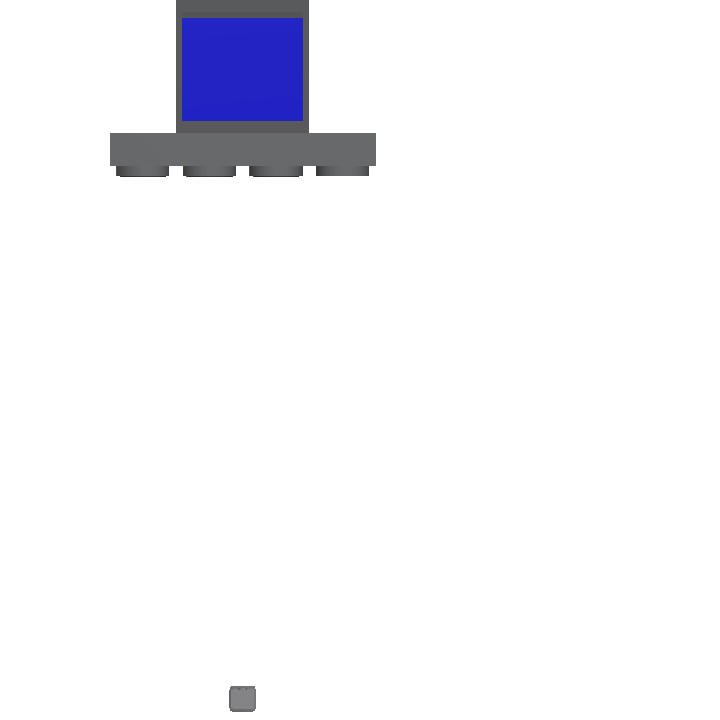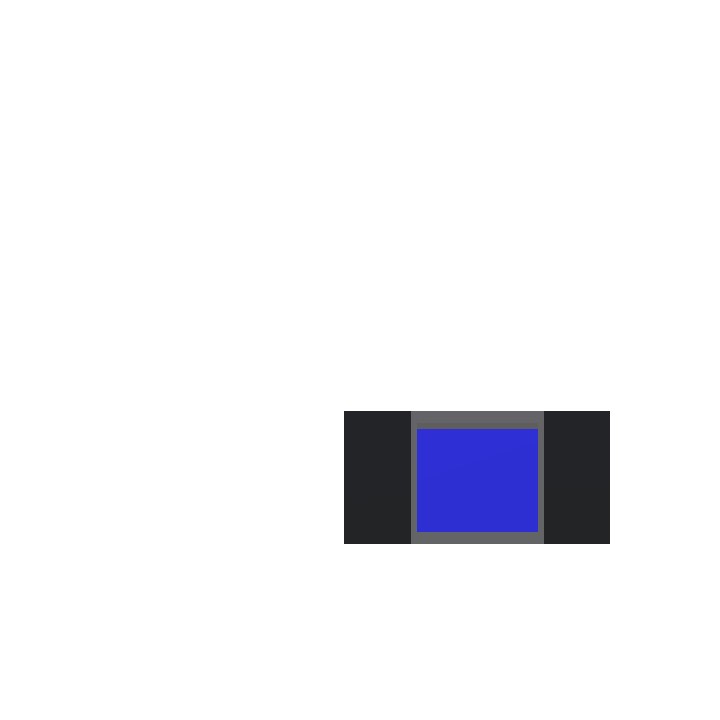Just 2 input channels
Power
Roll
Control Glidepath
Use power to maintain a proper glidepath(add power to go up). See glidepath indicated in the top right, horizontal line. If it is above the middle, glidepath is above you -- and vice versa. There are dots there so you have a way to measure how far off you are.
You can also see speed on the airspeed indicator (top left). This doesn't have any effect on the flight but it is slightly affected by throttle and cool to see anyway.
Control Localizer / Line Up
This is the hard part. Roll controls roll angle. Roll angle controls heading. Heading controls lateral position left or right of centerline.
See roll angle on the orange and blue attitude indicator / gyro.
Heading is seen on the directional gyro underneath the attitude indicator. Remember, your plane will turn relative to how banked you are.
More accurate heading / runway specific heading is bottom right. If the vertical line is to the left you would turn your head left to see the runway(so you are tracking to the right of the centerline).
See lateral position on the ILS receiver / Course Deviation Indicator(CDI) in the top right corner. Vertical needle shows lateral position given by localizer. If the needle is right of center, the projected centerline is to your right(similarly to glideslope).
Remember, this lateral position is not affected directly by roll angle, and is the hardest part to wrap your mind around. If you see you are left of centerline(needle on the right), point your plane to the right. You don't need to keep banking and turning right, just point a few degrees right and then level off until on centerline. Once on centerline, point your plane back towards the runway.
Specifications
General Characteristics
- Created On Android
- Wingspan 6.2ft (1.9m)
- Length 8.9ft (2.7m)
- Height 4.5ft (1.4m)
- Empty Weight 562lbs (255kg)
- Loaded Weight 562lbs (255kg)
Performance
- Wing Loading N/A
- Wing Area 0.0ft2 (0.0m2)
- Drag Points 255
Parts
- Number of Parts 34
- Control Surfaces 0
- Performance Cost 190





This is all the information a general aviation pilot is given when flying ILS or RNAV approaches! A good pilot can fly an approach like this to much higher accuracy than just using their eyes, but it does take some getting used to.
@UltraLight Very Interesting
@Thorne thanks
This is really neat